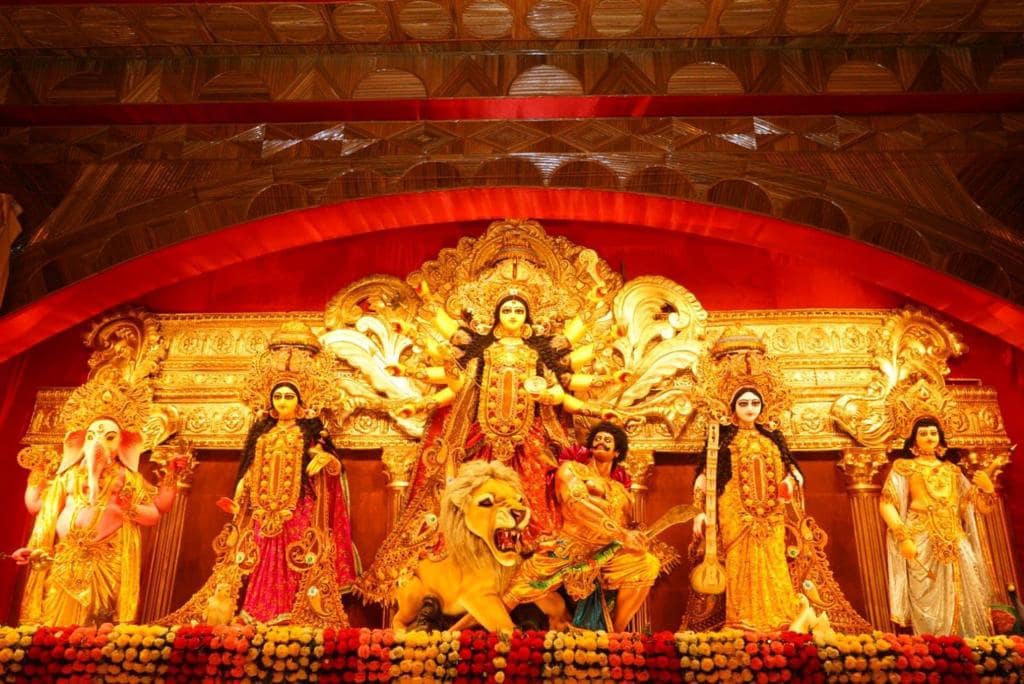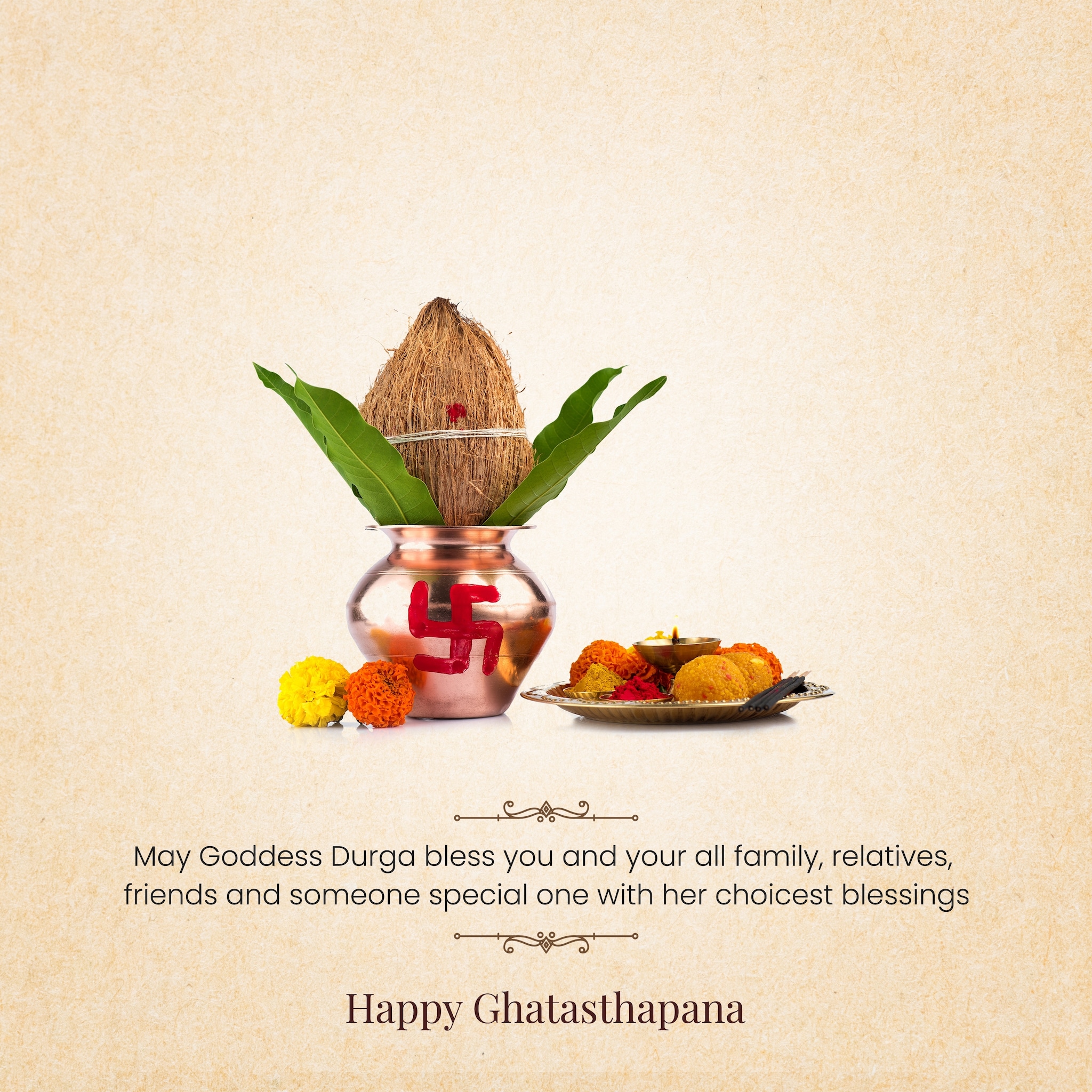SHARDIYA NAVRATRI 2022: Navratri is one of the most important festivals in the Hindu religion. Celebrated with great pomp and pageantry in North India and West Bengal–where it’s also called Durga Puja–the festival lasts for nine nights. During the auspicious festival, the nine forms of Goddess Durga are worshipped with great pomp and pageantry.
According to Hindu Mythology, Goddess Durga slayed the mighty demon Mahishasura during the Sharadiya Navratri. However, several religious texts differ in their mention of the form of Goddess Durga who killed Mahishasura.

Rituals
One of the most significant and auspicious rituals of Navratri is Ghatasthapana. It marks the beginning of the 9-day long festival. There are defined rules and guidelines to perform Ghatasthapana. It can only be performed during a certain period at the beginning of Navratri. During the ceremony, Goddess Shakti is invoked, and folklore suggests that performing Ghatasthapana at the wrong time can invite the wrath of the goddess.
ALSO READ: Navratri 2022: Day-wise Nine Avatars of Goddess Durga
Shubh Muhurat
The auspicious ceremony is prohibited during Amavasya and night-time. This year, Ghatasthapana, also known as Kalash Sthapana or Kalashsthapana, will fall on Monday, September 26.
ALSO READ: Navratri Start and End Date: Day-wise Colours, History and Significance of 9 days
The Ghatasthapana Muhurat will last from 06:11 AM to 07:51 AM– a total duration of 1 hour and 40 minutes.

The Pratipada Tithi will fall on the same day. The timings are 03:23 AM to 03:08 AM on September 27.
While some suggest taking Choghadiya Muhurta to do Ghatasthapana, according to Drik Panchang, Vedic scriptures advise against it. The publication also mentioned a suitable lagna for the auspicious ceremony.
ALSO READ: When is Durga Puja 2022? Date, History and Significance of 10 Weapons of the Maa Durga
For Ghatasthapana, the Dvi-Svabhava Lagna Kanya prevails during sunrise and if suitable, people are suggested to take it for Ghatasthapana Muhurta.
Puja Samagri
Prohibited times to perform this ceremony also include the afternoon, night-time, or any time beyond ‘sixteen ghatis’ after sunrise, as mentioned by Drik Panchang.
A few items that are required as puja samagri (items for the ceremony) are:
- A wide and open clay pot to sow sapta dhanya
- Clean soil to sow, Sapta Dhanya or seeds of seven different grains
- Small clay or brass pitcher
- Ganga Jal
- Sacred thread.
Read all the Latest Lifestyle News and Breaking News here





